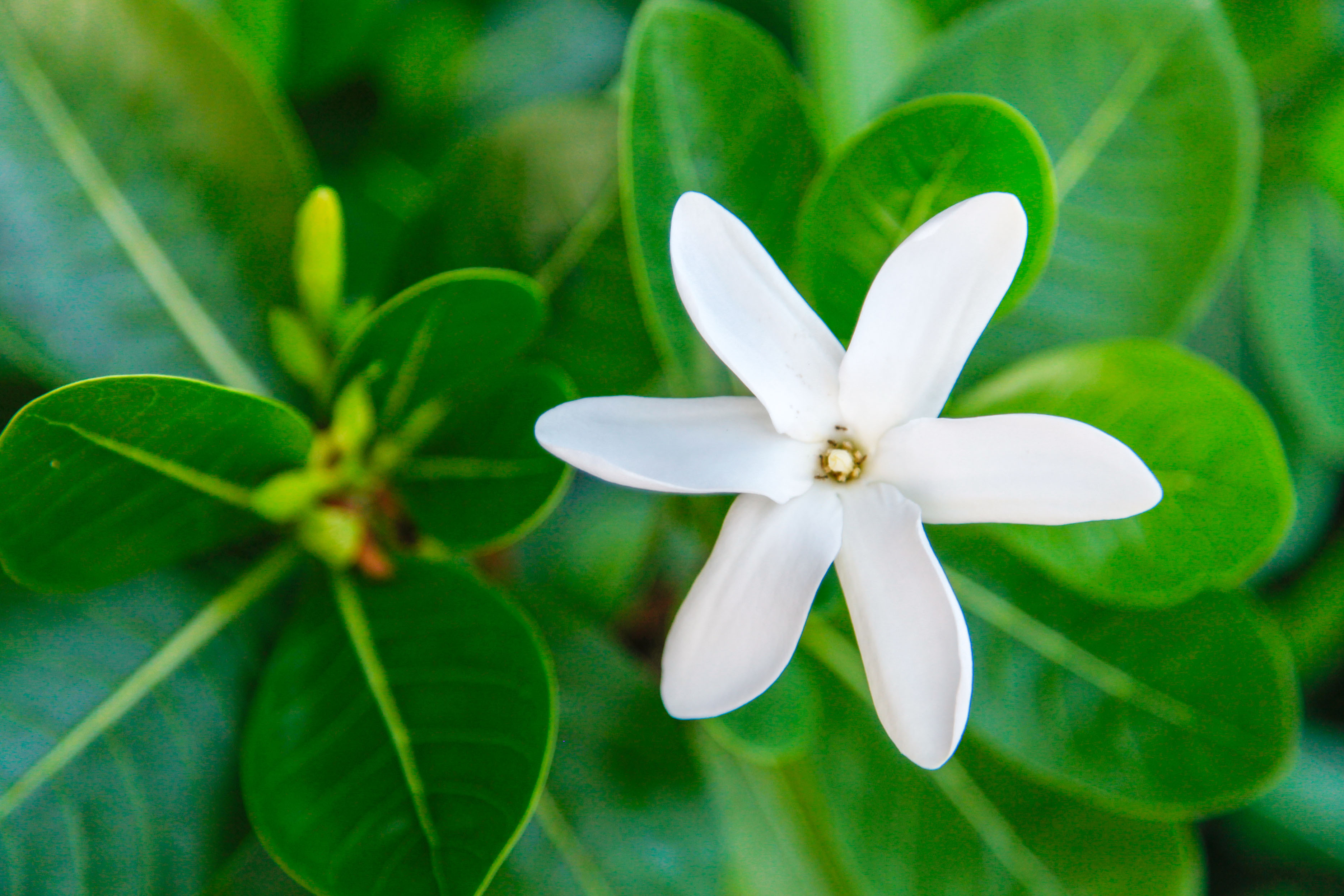
Monoi, or ointment in the Reo’maohi language, was born from the fragrant marriage of the coconut and the emblematic tiare flower. Discover the secret virtues of this Polynesian manna.
Better known, wrongly, as a tanning oil, monoi conceals many unsuspected virtues. Polynesian women used it in the past and still do today as a moisturising oil for the body and hair. The ancients used it to purify and embalm the dead, or to massage babies, thus protecting them from dehydration. Wherever they travelled, they took with them litres of monoi oil that had been pre-packaged for travel. This oil was used to soften muscles, for massage and to protect against mosquito bites. One of its components (tiare flower) was used in pharmacopoeia to treat various ailments (ears, migraines, styes, eczema, etc.). Sometimes, soot from the nuts of the tiare tree was added and this deep blue or even black mixture was used as tattoo ink. It was also used in religious rites. Priests spread it abundantly on stone altars to purify offerings to the gods and also to anoint sacred objects. Monoi is one of the pillars of Polynesian culture because its two main ingredients, the tiare flower and the coconut, are an integral part of the life of these islanders who have known how to make the most of it. Each part of the « cocos nucifera » had its use in ancient culture. The tiare flower, « gardenia tahitensis » from its learned name, has always been the emblematic flower of Polynesia. Although there are many varieties of gardenias everywhere else, the « gardenia tahitensis » shrub only grows in Polynesia thanks to the climatic conditions and the quality of the soil (limestone of coral origin). There is even a tiare flower called « apetahi » which only grows in one valley of a little known island in Polynesia.
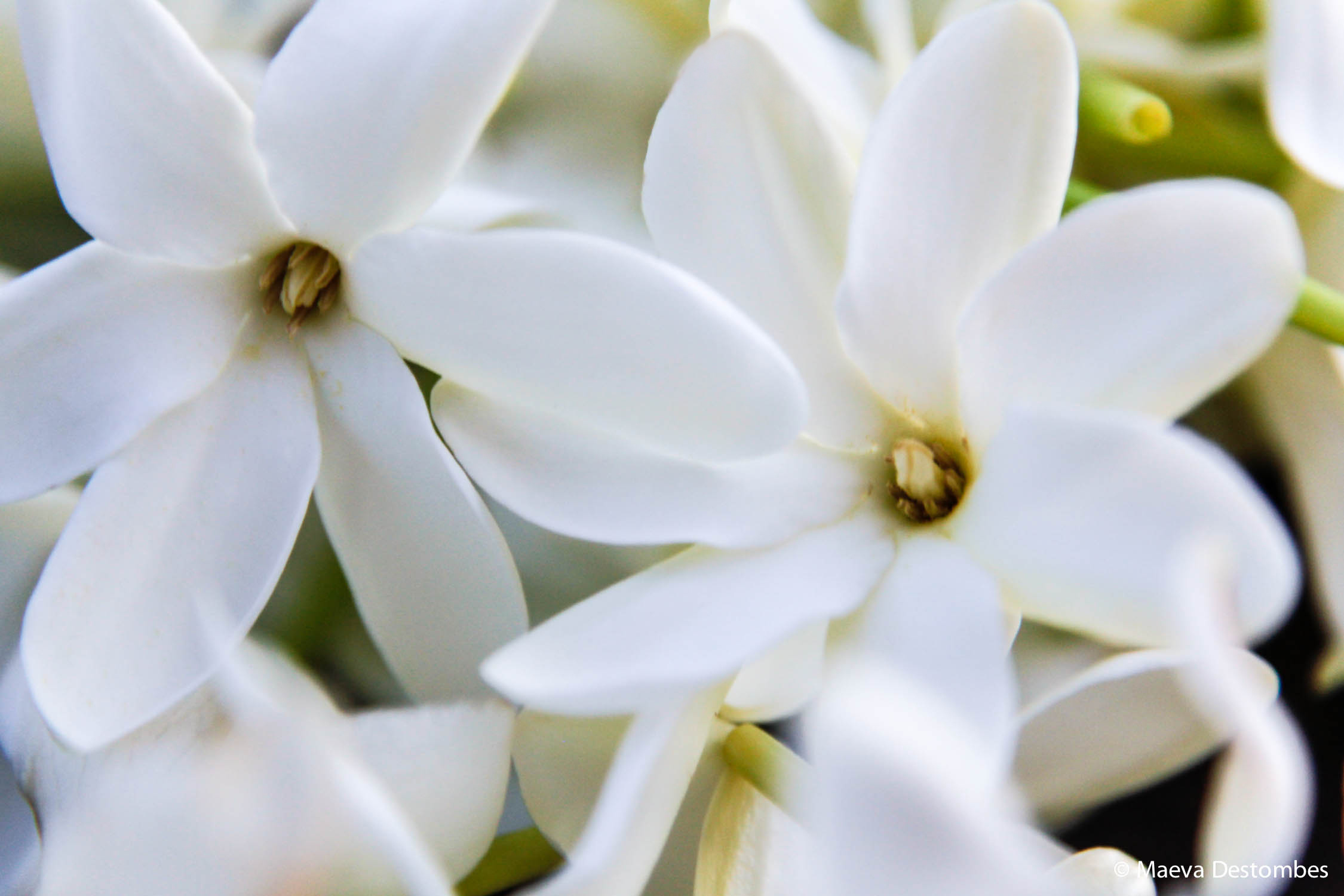
MONOI, A THOUSAND-YEAR-OLD FABRICATION
In the past, monoi was obtained from almonds extracted from ripe coconuts, dried in the sun and then grated (copra). After two or three weeks, a very rancid oil was extracted from this material, which was not consumable but perfect for making monoi. Tiare flower petals were then macerated in this copra oil. Some old-timers (and still today those who make their own monoi) used to soak a crushed goat’s head in it, supposedly to stop the product going rancid.
Today, the process has changed somewhat, but the result remains the same and the production is entirely natural. Once picked, the coconut is cut in half. The kernel is extracted and exposed to the sun for a week. Its flesh is then ground into flour, heated and pressed at 125°C. This is called the trituration phase. The oil obtained is refined twice and purified by treatment with clay. The result is copra oil. It is then stored in tanks. Antioxidants are added to prevent it from becoming rancid during the next stage, called enfleurage. During this new phase, at least ten tiare flowers per litre of liquid are macerated for ten days. The flowers are carefully selected. They must be harvested at the bud stage (rich in phytohormones, which have emollient properties) and have their pistils removed. In addition, they must be used at the latest the day after being picked. The monoi is filtered again. It can then be packaged for export and perfume or sun filter added. Since 1942, the date of the first industrial exploitation, it has become an important economic factor for the territory.
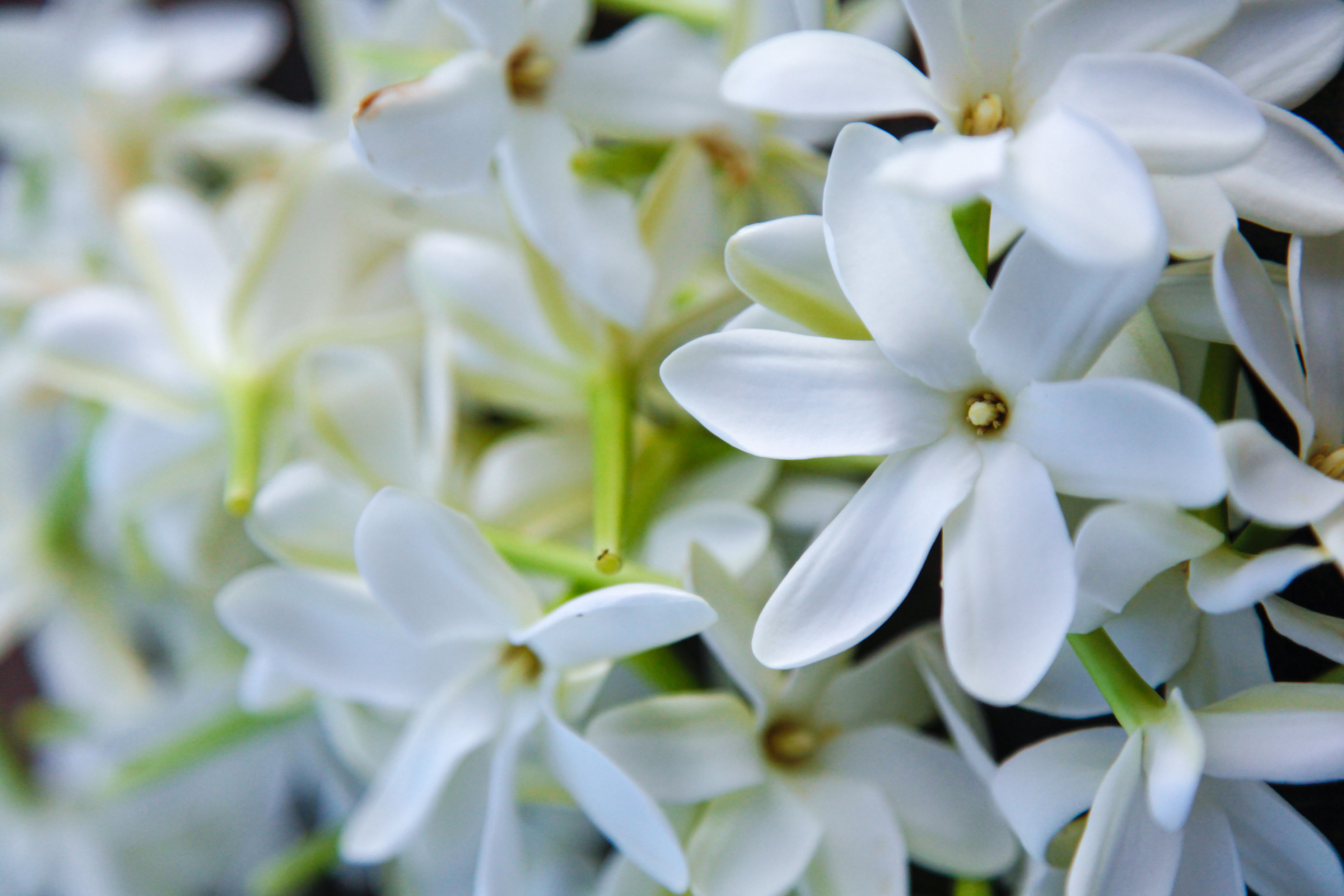
MONOI, PROVEN BENEFITS
A study carried out in 2000 by the Evic-Ceba laboratories scientifically demonstrated the many qualities of this age-old product. It has a protective effect against external aggressions such as the cold and various climatic variations. It has moisturising properties for the skin with an immediate and delayed effect. Moisturisation increases significantly by 15% only 15 minutes after application and this rate is maintained for two hours. Moisture lasts for approximately six hours after application. After 4 weeks of use, a gradual and lasting hydration rate of 6% is achieved compared to the rate before monoïde treatment.applied once a day, Tahitian monoïde also has an effect on skin firmness. On the surface, the microrelief is improved, the skin is smoother and softer. It is also firmer, more elastic and more toned. Applied before shampooing, three times a week, monoi has an effect on the hair, improving its shine and overall appearance. The hair fibre is regenerated and the scales are tightened.
Scientific research carried out by the Centre de valorisation des glucides et des produits naturels (CVGPN) has identified the functional properties of monoi through its volatile compounds. The result is that monoi has an emollient capacity (a substance added to a cosmetic preparation that gives it skin-softening properties), a cleansing action due to the presence of compounds that inhibit various pathogenic elements (bacteria, yeasts and moulds), a local anti-inflammatory and analgesic action, an additive action (a substance added to a cosmetic product that increases the desired properties and limits the undesirable effects), and a deodorant action.
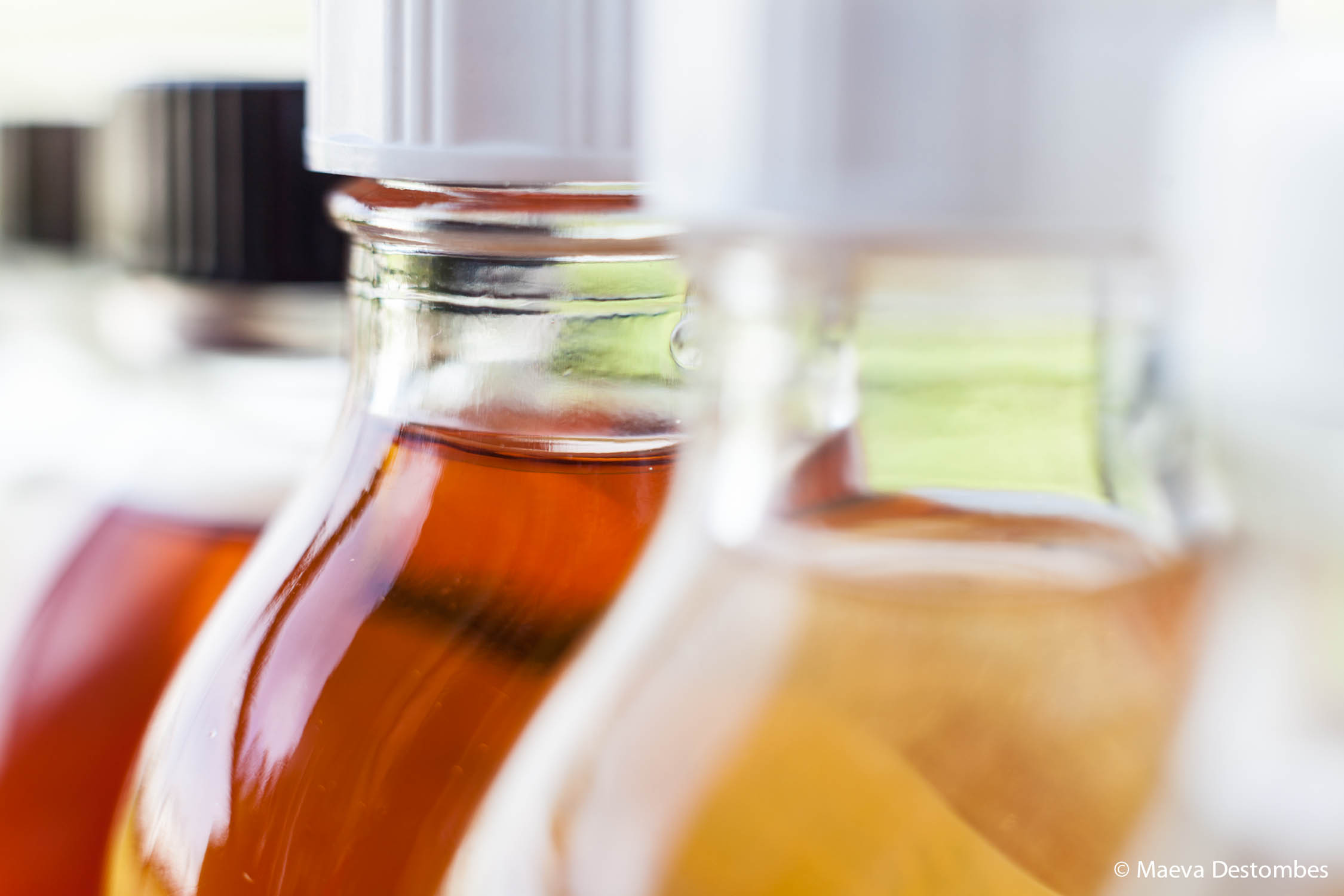
A LABEL OF CONTROLLED ORIGIN
Often copied and imitated, but never equalled, in 1992 monoï obtained the Appellation d’Origine Contrôlée (AOC), which is a real assurance for the consumer. This label certifies the method of manufacture and the real origin of Polynesia. So beware of counterfeiting! To recognise genuine Tahitian monoi, it’s simple, just look at the packaging. It must contain a non-obligatory logo (a tiare flower in a rectangle or circle), and the obligatory mention « appellation d’origine ». In addition, monoi can be frozen and defrosted without losing its qualities and properties. To warm it up, simply immerse it in a bain-marie or simply for a few minutes in a container filled with hot water. It is then ready to use.
Monoi is a precious oil. So precious that it can now be found in many forms: with a protection factor for safe tanning. In shampoos, soaps, shower gels, after-sun care products, exfoliants, etc. These derived products must meet very precise standards: with the exception of soaps, they must contain a minimum of 0.5% monoi to be labelled « with monoi ». Soaps must contain a minimum of 30% monoi, although some contain up to 62%. If your product contains between 50% and 90% monoi, it is not monoi but « monoi oil », while monoi packaged for sale requires a minimum of 90% refined coconut oil made in Polynesia. Tahitian monoi is undoubtedly the product that will follow you on all your summer peregrinations. But don’t reserve its virtues for the heat of summer and use it all year round to savour the Polynesian art of living.
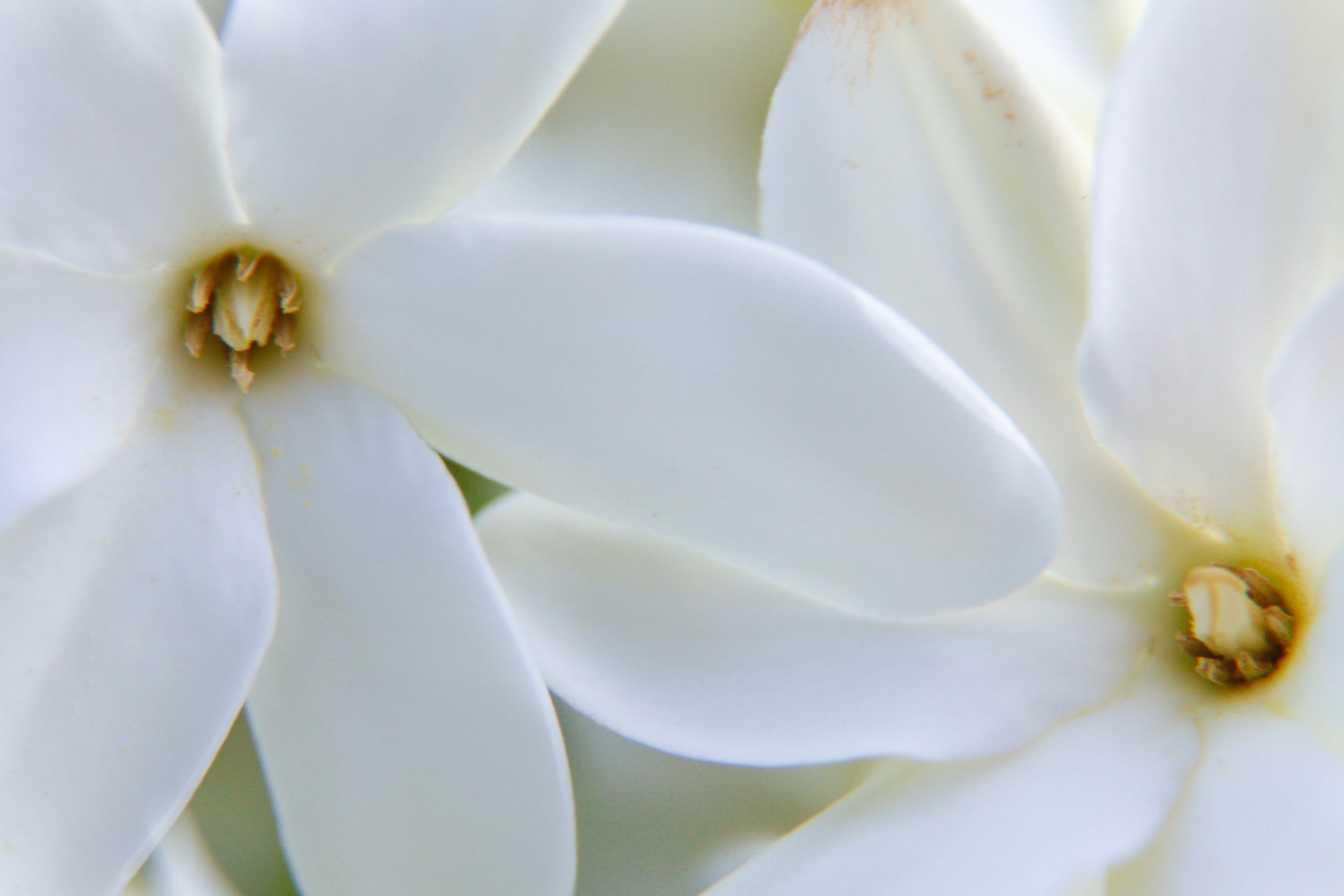
TIARE FLOWER ABSOLUTE
The tiare flower has become very popular with the great perfumers. How is tiare absolute, this precious elixir, made? The adventure begins by harvesting and macerating fresh flowers in a solvent. This solvent dissolves the odorous molecules. This process is called soaking. The liquid obtained is placed in an extractor which heats the liquid to a temperature kept secret by the manufacturers. The solvent (now « perfumed » with Tiare) is then gasified. A vacuum pump allows the gaseous mixture to arrive in a container where the temperature produces a condensation which will transform the mixture into a liquid. At the same time, a paste is formed in the tank of the device. Dense and amber in colour, it is the concrete. This material is then glazed. At a very low temperature, it splits into two elements: the tiare flower wax, intended for monoi and creams, and the absolute, the fundamental liquor for perfumes. The tiarés have a yield of 1 to 2 g per 1000 g.
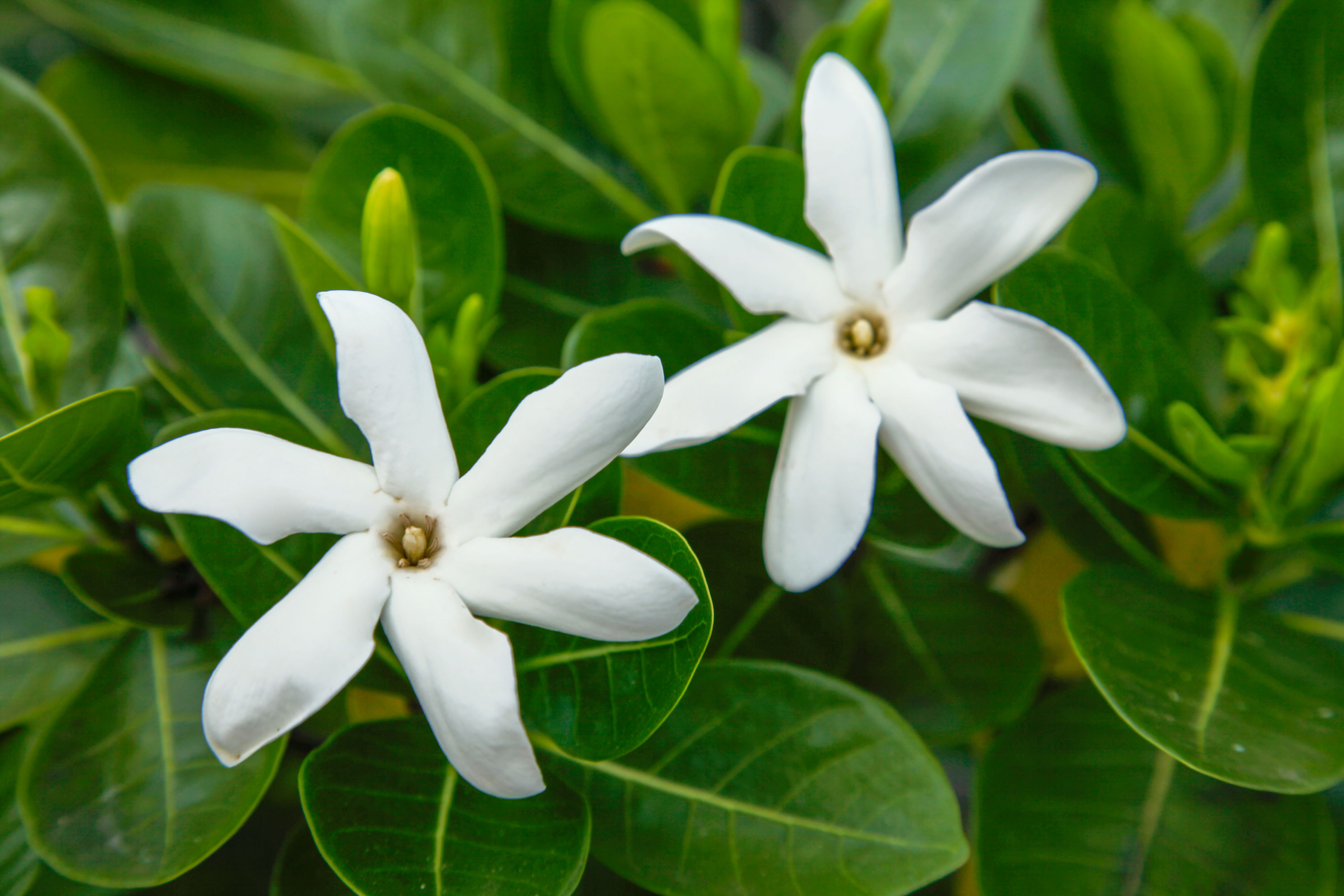
HOW TO USE MONOI
Applied after a shower or bath, it softens and moisturises the skin. After a swim in the sea or pool, it prevents drying out due to the combined effects of salt, sun and wind, or chlorine. A few drops in the bath will delicately perfume your skin. You can also use it as a hair mask. Put a generous amount in the palm of your hands and massage your scalp. Wrap a warm towel around your head and leave for at least 20 minutes. Anti-dandruff result guaranteed.